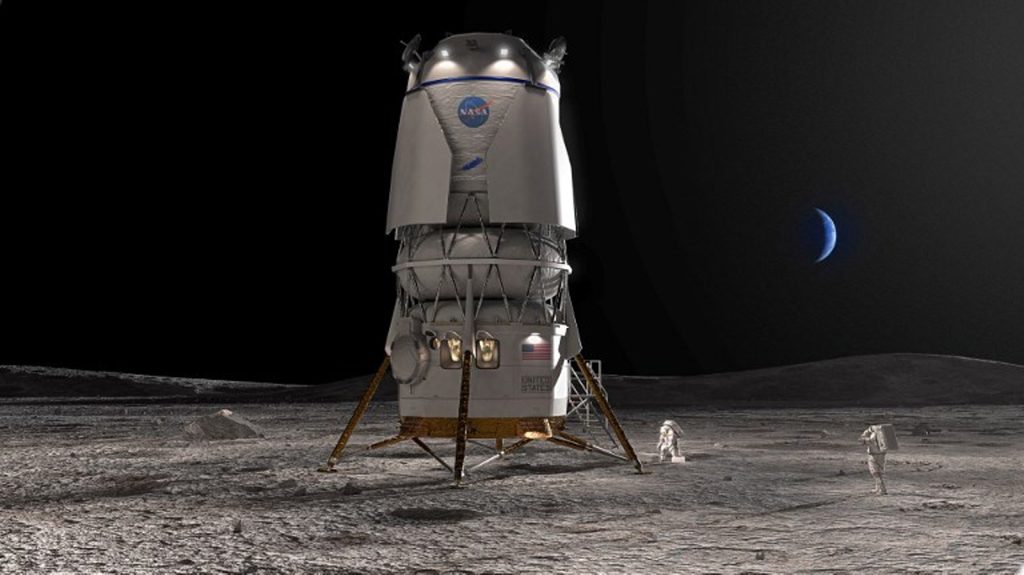A senior NASA official suggested on Tuesday that the Artemis 3 mission, which is set to be the first to put Americans back on the Moon, could be turned into a “different mission” if certain key elements are delayed, especially SpaceX’s lunar lander.
The US space agency’s Artemis programme is made up of missions of increasing difficulty designed to establish a lasting human presence on the Moon, in preparation for a journey to Mars.
The first mission, Artemis 1, sent a spacecraft around the Moon in 2022, and Artemis 2 is due to do the same, but this time with a crew on board, at the end of 2024. One year later, Artemis 3 is due to land astronauts back on the lunar surface, the first time this has happened since 1972.
For this historic mission, billionaire Elon Musk’s company, SpaceX, is in charge of building the lunar lander that will deposit the astronauts on lunar soil. However, the craft is still a long way from being ready.
The lunar lander will be a version of the Starship spacecraft, a test flight of which ended in a huge explosion shortly after lift-off a few months ago. The date for a new test flight is not yet known.
“For Artemis 3, we’re still working with everyone on the contract dates, which is December 2025,” Jim Free, associate administrator at Nasa, told a press conference on Tuesday.
However, “we could end up flying a different mission,” he added. “If we have these big delays, we wondered, can we do other missions, is there a possibility.”
He did not give a specific answer to a journalist asking whether it would be a case of circling the Moon again without landing on it. Other missions in the Artemis programme, meanwhile, include the construction of Gateaway, a mini-space station in orbit around the Moon.
Free, who said another critical element of the mission, the spacesuits, was also still under development, had expressed concern in the past about SpaceX’s difficulties in developing the Starship spacecraft.
On Tuesday he described a recent visit to Texas, where SpaceX is developing the future lunar lander.
The NASA teams were able to “try to better understand their schedule,” he said, promising to provide an update on the matter once all the information had been “digested.”
“We don’t want a timetable without a margin,” he said.

